s.o.r.t.
Smart Organics, Recycling and Trash system
A volume-based system for sorting domestic waste. Using design research methods, I discovered that many current waste disposal designs were overlooking the importance of appropriate volume for each bin. It became very clear that we needed more room for our bulky recyclables! Our compost, or organics, could take up more space but I chose the smaller volume to encourage frequent emptying to reduce tempting bad odors to take hold. With all the coffee grounds and onion skins neatly taken care of in the organics bin and all the wet and bulky trash sequestered in the recycling bin, that leaves very little trash in the landfill-bound waste bin (shown in orange).
A survey of existing kitchen waste disposal systems revealed very little organization. Most people tended to make do with what they had or tried to reverse engineer objects that they liked to suit their needs. It was clear to me that kitchens could use a little extra help in this department. No wonder Americans are so bad at sorting their waste streams without objects in place to support a successful processing system.
According to the EPA, most of our municipal trash is paper. The next largest group is organics. Plastic only comprises 12% of our household waste. However, that 12% packs quite a punch. Then metals at 8% and finally glass at 5%. These statitstics proved true at a local cafe that composts regularly. This cafe pays a private company to pick up their compost weekly. For that reason, they had a fairly accurate record of how much waste they make in a week. Their numbers lined up nearly identically with the EPA's findings. I based my designs off of these volumes.
I visited local establishments that were attempting to offer responsible waste solutions. I observed the bins were very similar in size, shape and sometimes even color. Providence, RI has one of the worst records in the state for mixing trash with recyclables and rendering the recycling stream unsaleable. I started to see why when I investigated consumers' waste options. There is hardly any visual difference between the bins. It is very easy to put the wrong bit of waste in the wrong bin.
sketches for a volume-driven waste system
Video Experience Map: Waste removal demonstrating the appropriate volumes found in the trash, recycling and compost bins, respectively.
User Testing
This waste bin would need some sort of foot pedal to raise the lid. It's unique shape allows you to stack your compost right on top of the trash bin while still being able to access the trash.
By removing the organics and recyclables from the waste stream, the S.O.R.T. system does not rely on the tensile strength of a plastic trash bag that is traditionally a requirement. S.O.R.T.













